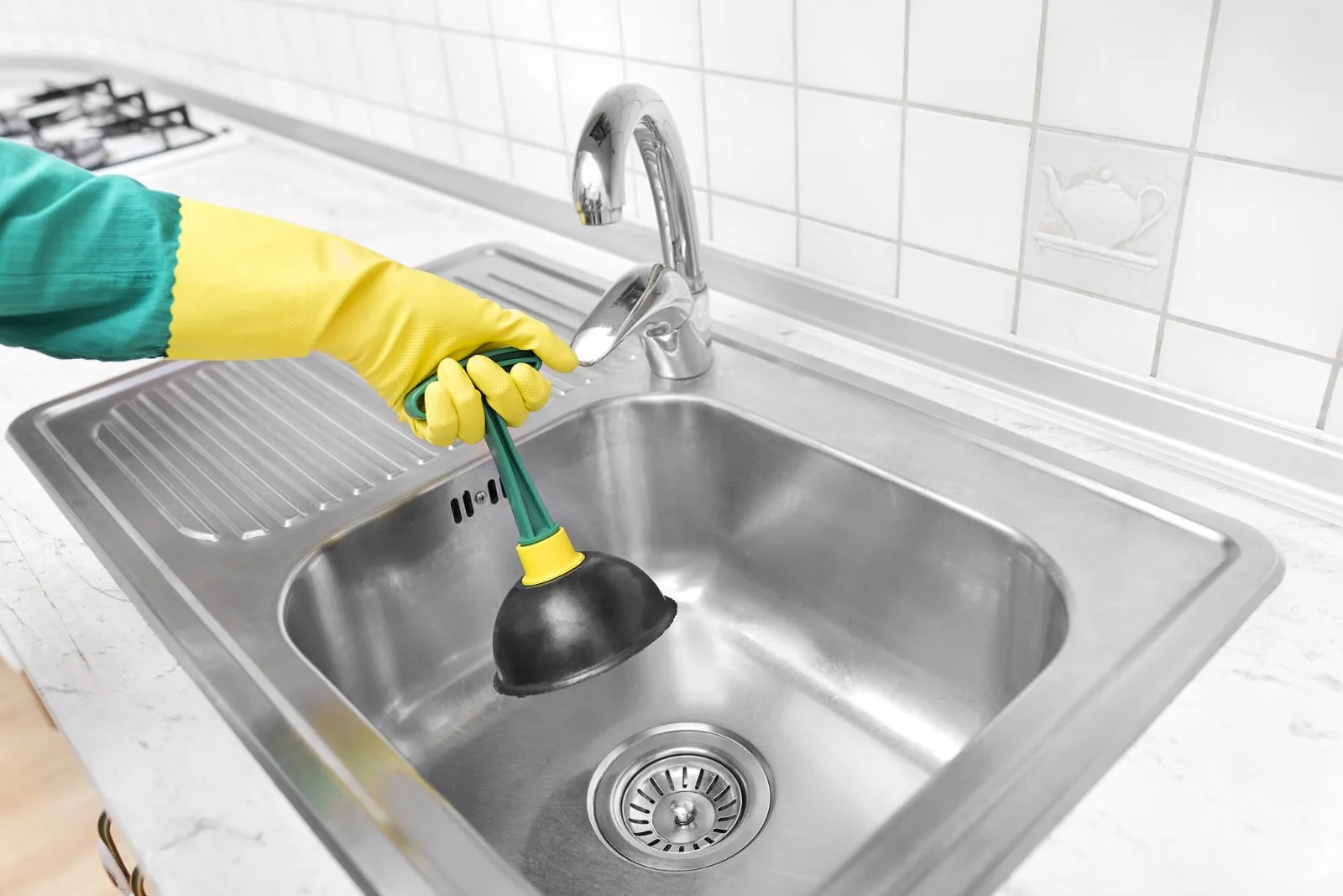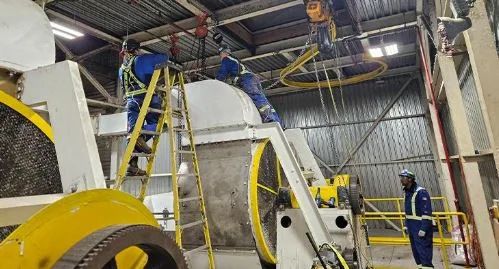Kitchen sink starting to act up? Early signs you shouldn’t ignore
You know the sound a soft gurgle right after you shut off the tap. Easy to dismiss, but that’s often the first hint your sink is building a problem. Grease, soap and food fines settle in the trap; as water slips past, a little vacuum forms and air struggles through the narrowing gap. Leave it long enough and pressure rises, microbes multiply, and the waterline lingers. The smell that followsbdamp cellar, a touch of drain arrives next. Treat those small cues as a prompt to act; catching them early is cheaper than fixing a crisis gootsteen ontstopper?
Slow drain = quiet warning
Drains rarely jump from “fine” to “blocked” overnight. The shift is gradual: the bowl spins a few lazy circles before it falls; a slurp at the end of the run; a faint echo from the pipe. If you live in a building that shares stacks, one small plug can even nudge a neighbour’s line. Quick action keeps grease from hardening and spares you the “only chemicals will do” moment later.
Culprit number one: fat that set
Most clogged traps we open are packed with cooled frying oil and congealed pan juices. Hot water doesn’t dissolve that residue; it pushes it deeper where it coats the wall and cures into a stiff ring. Wait too long and you get odour, slow flow, and sometimes damage to fittings. Add one more risk: harsh drain cleaners can attack aluminium parts and soften PVC. A small nuisance becomes a pricey replacement.
Home fixes: what helps, what doesn’t
Baking soda, boiling water, vinegar great in ads, limited in pipes. They may loosen a little film, but they also send half-melted grease downstream. A plunger can help for a day, yet it sometimes relocates the plug. A hand snake works, but only with a light touch; used badly it scratches the wall or snaps a trap hanger. If you DIY, think “short, controlled moves,” and call a pro the moment resistance climbs. Better a brief visit now than a cabinet full of swollen chipboard later.
Early-warning checklist (two ticks = take action)
- Water height after 10 seconds: still sitting there? Stagnation has started.
- Sound: humming/slurping points to restricted airflow in the line.
- Smell: a hint of drain right after cooking is an early tell.
- Look: torch into the waste brown film on the wall means buildup.
Two or more? Schedule time to deal with the sink before it deals with you.
How Riool Centrale Nederland handles a kitchen sink
Sometimes the line clears and clogs again a week later. That’s a sign the plug moved, not vanished. We start with a mini camera to find the exact spot. Then we choose the right tool for your pipe: gentle high-pressure hot-water jetting for fat and soap, or a precise mechanical head when a small wad needs lifting. The goal is simple: remove the mass, protect the wall, leave the kitchen untouched.
A two-minute monthly routine that actually works
Once a month, pour hot not boiling water down the sink with a dash of eco dish soap. Heat softens early fat; surfactants hold particles in suspension until they pass the trap. After frying, wipe pans with kitchen paper before rinsing. Every gram of grease that doesn’t reach the drain is one less gram that can set on a cold bend.
Pair the fix with a hygiene upgrade
When we’re already on site, ask for an enzymatic rinse after the mechanical clear. It breaks down biofilm deeper in the run and knocks back odour-forming bacteria without caustics. Result: the sink runs freely and the room stays fresher for weeks.
Safer for homes, better for the environment
Classic drain openers lean on sodium hydroxide or sulfuric acid. They heat up while they react enough to craze enamel or stress older plastics. We stick to biodegradable enzymes and hot-water techniques, then filter and remove wastewater to a certified processor. That keeps your kitchen safe for kids and pets, and keeps you on the right side of environmental rules.
Cost now vs. cost later
Delaying feels frugal, but it isn’t. A preventive service call for a routine kitchen sink is often under €100, camera included. Wait until the line is solid and the countertop is wet and the job grows: extra time for dismantling, drying, disinfecting, and re-sealing mouldy silicone. Add possible cabinet repairs and you’ve erased any “savings” from waiting.
Take the wheel today
Your kitchen sets the pace of the day; don’t let a creeping clog dictate it. Listen for the gurgle, time the drain, take a sniff. If water lingers or the smell turns, call Riool Centrale Nederland and let a specialist clear the line before it becomes a mess. Quick, clean, and built to last so you can cook, rinse and get on with your evening.






